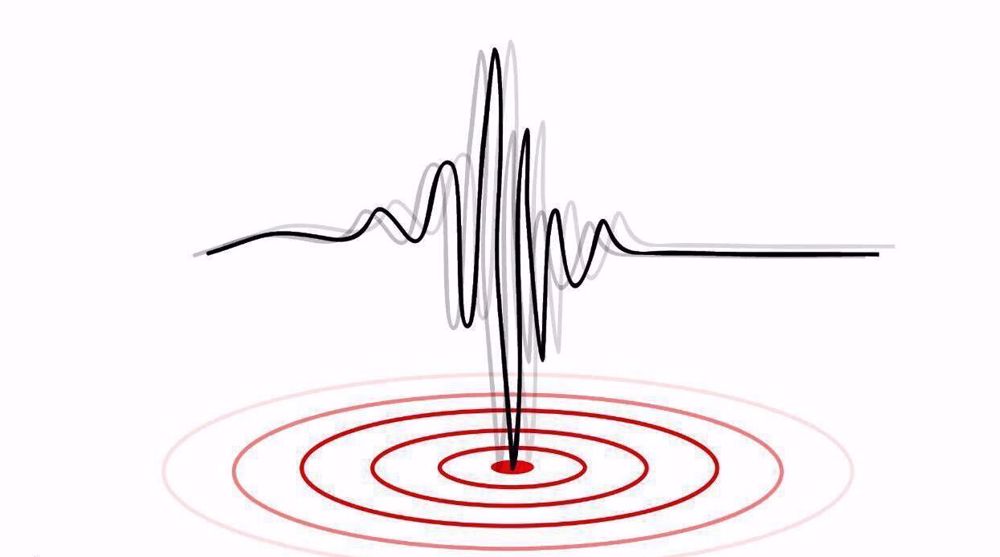Three earth-sized planets discovered orbiting dim dwarf star
Astronomers' recent discovery of three potentially habitable exoplanets some 40 light years away may at last refute our cosmic solitude. The almost earth-sized planets might also serve as our second home, providing that we can go far beyond our current technology to reach them.
The newly-found worlds are orbiting a dim and ultracool dwarf star, known as TRAPPIST-1, which is a little larger than Jupiter in diameter and is located in the constellation of Aquarius. The faint star emits a tiny fraction of our Sun's total luminosity, is a bit less than half as warm as the Sun and is about one-twelfth our star’s mass.
Two of the planets are tidally locked to their host sun, meaning that each one has a permanent dayside and a perpetual nightside. These innermost planets are within their host star’s habitable zone, while the outermost one appears to be either within the zone or just outside of it.
The habitable zone by definition is the area around a star where rocky planets have surfaces warm enough, with sufficient atmospheric pressure, to keep water in its liquid form, a key ingredient to life as it is known on Earth.

The discovery was made by an international team of astronomers from MIT and the University of Liège in Belgium. Their findings were published in the journal Nature on Monday.
Israel provides full support for theft of aid to starve Gazans: Report
'Israel booby-trapped walkie-talkies, pagers years before Lebanon blasts'
Gaza Health Ministry calls for urgent intl. help to protect hospitals amid Israeli genocide
Stakes involved in Iran’s partnership with Eurasian Union
VIDEO | Press TV's news headlines
Iran says ‘ready’ to reopen embassy in Syria, holds talks with Damascus
VIDEO | 12 people killed in ammunition factory blast in northwest Turkey
Iraq’s PMU masses resistance forces on border with Syria amid mounting concerns













 This makes it easy to access the Press TV website
This makes it easy to access the Press TV website